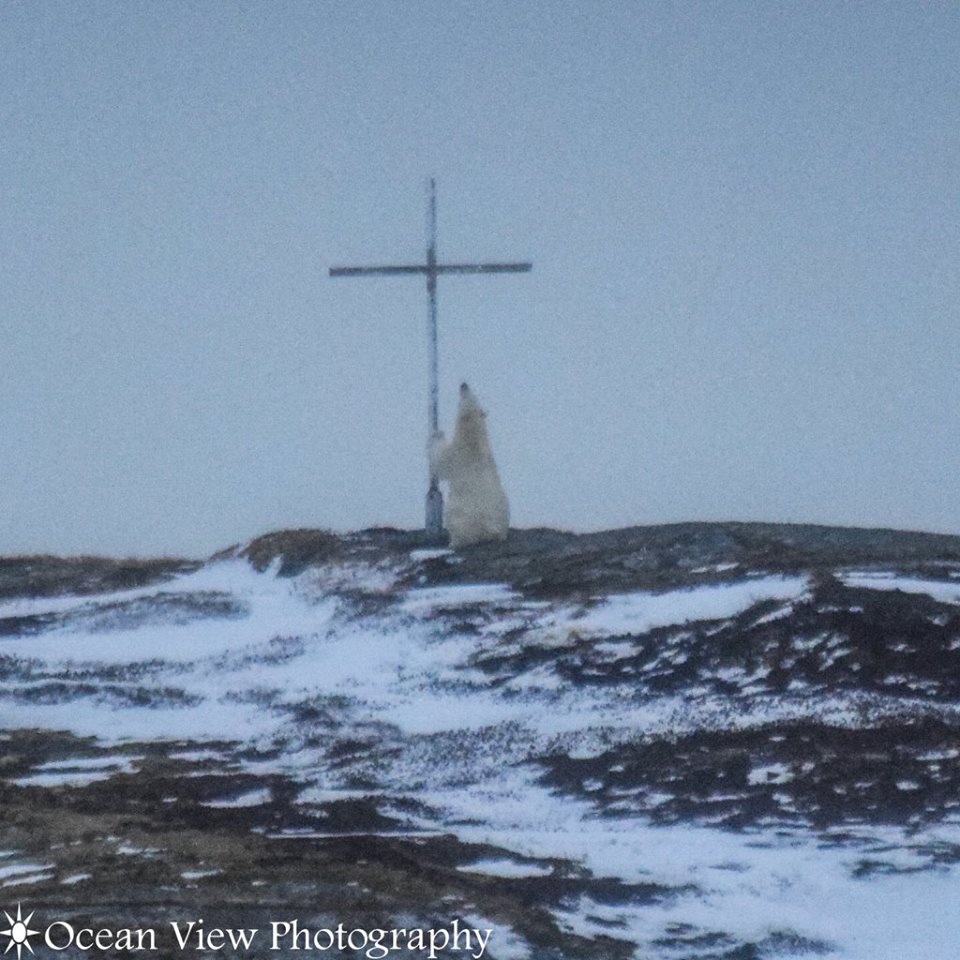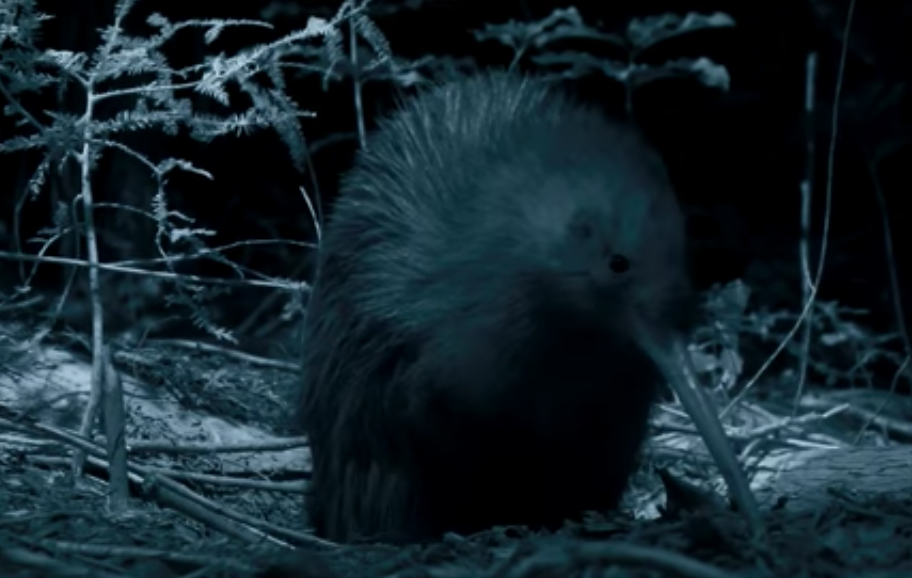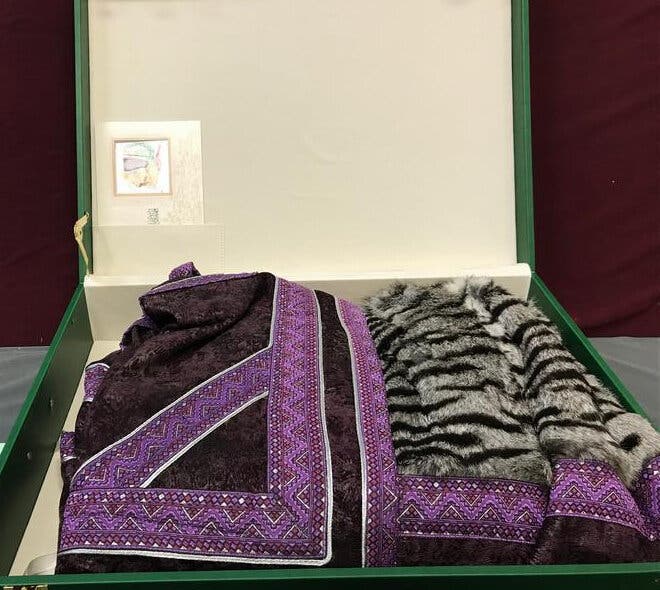The snow pack is shrinking and that has an affect on animals, especially those who change their coat colour during winters.
Wildlife conservationist Eugenia Bragina studies this phenomenon to try and figure out what will happen to species when the snow pack’s disappearance puts them at risk. About 22 species of mammals and birds change their coat colour during winter.
Those critters include lemmings, arctic foxes, hares, ptarmigans and others.
 Some populations of winter white species are polymorphic, with white and brown winter phenotypes, and are likely to be under climate-mediated evolution pressure.
Some populations of winter white species are polymorphic, with white and brown winter phenotypes, and are likely to be under climate-mediated evolution pressure.It is interesting to see where polymoprhic zones are located, how big they are, if they are well protected or not, do they overlap between different species etc etc. Analyzing climate-induced changes, I am studying how probability on an animal to be brown differ now as compared to before 1950s.
Already the impact is being seen on some animals like the snowshoe hare. The hare’s population is declining because it’s white coat in milder climates makes the mammal more of a target. Predators have an easier chance catching the snowshoe hare because it’s white coat in a brown and green environment makes them increasingly vulnerable.




